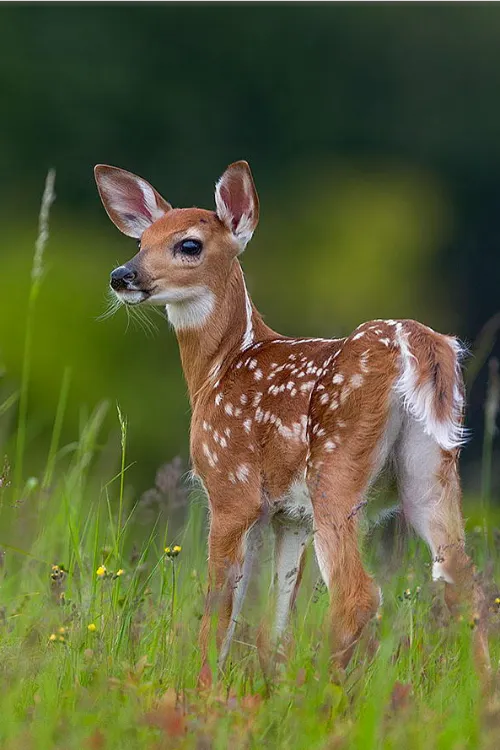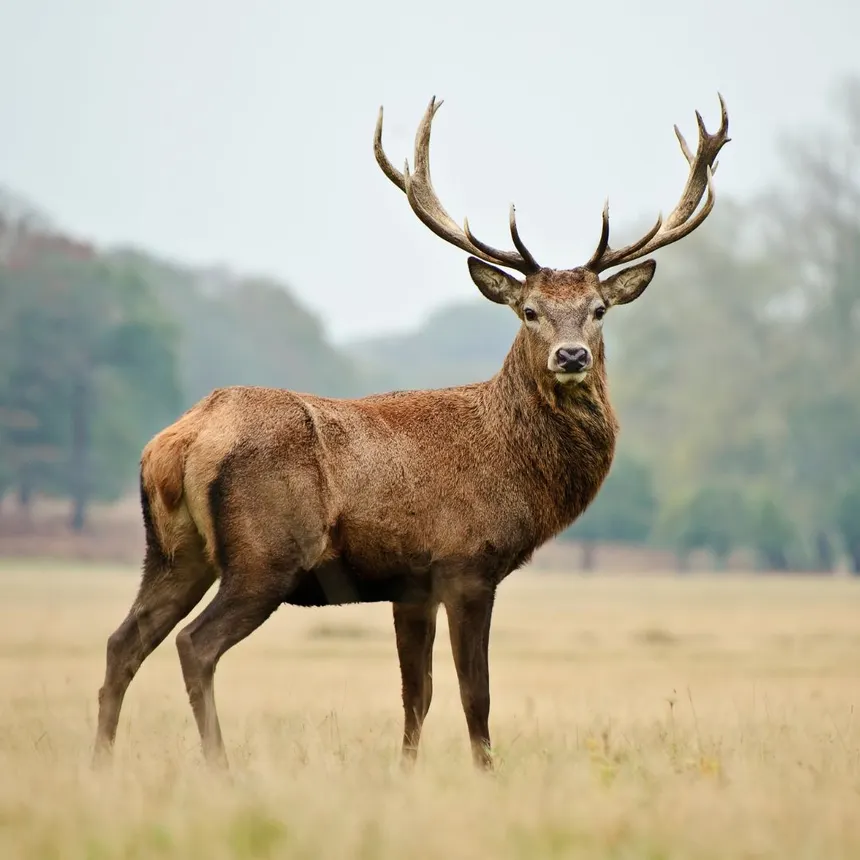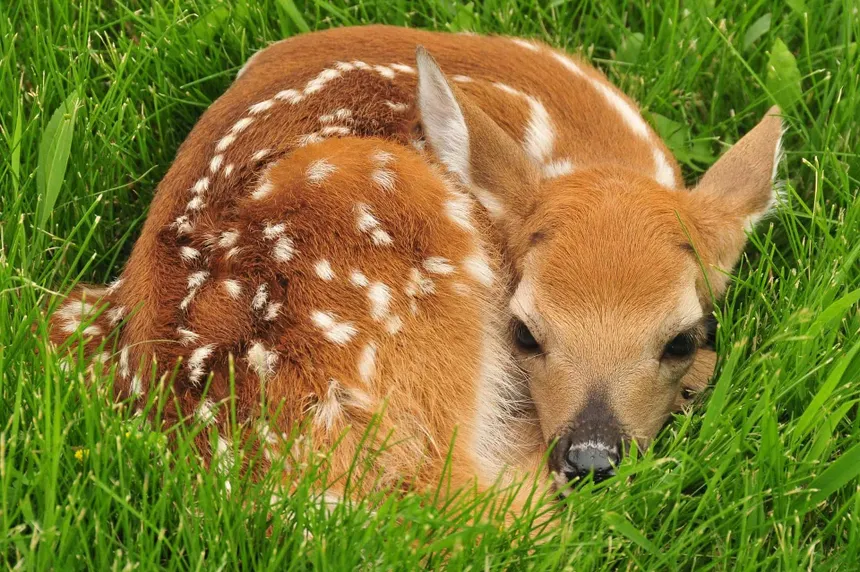Fascinating Facts About Deer

Deer are among the most iconic and widespread animals in the world. Known for their graceful movements, antlers, and gentle appearance, they are found in forests, grasslands, mountains, and even suburban areas across every continent except Antarctica and Australia (native). This article explores the many interesting facts about deer, from their antlers and diet to their behavior, communication, and role in ecosystems.
🦌 What Exactly Is a Deer?
Deer belong to the family Cervidae, which includes familiar species like white-tailed deer, mule deer, elk, moose, red deer, and reindeer (caribou). Most deer species are herbivorous mammals known for their slender legs, keen senses, and seasonal antlers in males.
🦴 1. Only Male Deer Usually Grow Antlers
One of the most distinctive features of deer is their antlers, which are made of bone and shed annually. These antlers are used for:
- Fighting other males during mating season (rut)
- Displaying dominance
- Attracting females
However, female reindeer (caribou) are the only female deer known to grow antlers regularly, which they use to compete for food during the harsh Arctic winter.
🕰️ 2. Antlers Regrow Every Year — Fastest Growing Bone in Mammals
Deer antlers are shed and regrown every year, often growing at incredible rates — up to an inch per day in some species like elk! They start covered in a soft, fuzzy layer called velvet, rich in blood vessels and nutrients that help the antlers grow.
👃 3. Deer Have a Powerful Sense of Smell and Hearing
To detect predators, deer rely heavily on their acute senses:
- Their large ears can swivel independently to catch faint sounds.
- Their sense of smell is so advanced they can detect human scent from hundreds of meters away.
- Their eyes are positioned on the sides of their heads, allowing for a wide field of view — nearly 310 degrees in some species.
🍃 4. Deer Are Herbivores With a Selective Diet
Deer are ruminants, meaning they have a four-chambered stomach that helps them digest tough plant material. Their diet includes:
- Leaves
- Grasses
- Twigs
- Fruits
- Acorns
- Mushrooms
Some species, like moose, are known to feed on aquatic plants, while deer in colder climates often eat bark and twigs during winter.
🌍 5. Global Diversity of Deer Species
There are about 50 species of deer, with incredible diversity:
- White-tailed deer (North America)
- Red deer (Europe and Asia)
- Sika deer (East Asia)
- Mule deer (Western North America)
- Moose (largest deer species)
- Reindeer/Caribou (Arctic regions)
- Muntjac and pudú (small tropical deer)
The moose can weigh up to 1,500 pounds, while the southern pudú is as small as a house cat.

🏃♂️ 6. Deer Are Built for Speed and Agility
Most deer are capable of quick bursts of speed and impressive jumping:
- White-tailed deer can run up to 30 mph and leap up to 10 feet high.
- Their long, slender legs make them excellent sprinters and agile enough to navigate through dense forests.
🔊 7. They Communicate in Many Ways
Deer communicate using sounds, scents, and body language:
- Snorts and grunts warn of danger.
- Fawns bleat to call their mothers.
- Scent glands located on legs, hooves, and heads are used to mark territory or indicate readiness to mate.
- Tail flagging (especially in white-tailed deer) is a visual warning signal.
👪 8. Fawns Are Born With Camouflaging Spots
Deer give birth to 1–3 fawns (baby deer), usually in late spring or summer. Fawns are:
- Born with white spots that help them blend into the dappled light of the forest floor.
- Scentless at birth to avoid detection by predators.
- Often left hidden while the mother forages nearby, returning periodically to nurse.
❄️ 9. Reindeer Are Uniquely Adapted to the Cold
Reindeer (caribou) are specially adapted to survive in Arctic and sub-Arctic climates:
- Thick double-layered fur insulates against cold.
- Wide, flat hooves act like snowshoes and are useful for digging through snow.
- They are also one of the only mammals that can see ultraviolet light, helping them spot predators against the snow.
🧬 10. Deer Have Been Around for Millions of Years
Fossil records show that deer have existed for more than 20 million years. Some early species had tusks instead of antlers, and some, like the Irish Elk, had antlers that spanned over 12 feet wide — now extinct.
🌳 11. Deer Play an Important Role in Ecosystems
Deer are keystone species in many ecosystems. Their foraging can shape forest composition, while they also:
- Serve as prey for wolves, cougars, bears, and humans.
- Help disperse seeds through their droppings.
- Affect vegetation dynamics in overpopulated areas, sometimes leading to overgrazing.
🌆 12. Deer Are Common in Urban and Suburban Areas
As human development expands, deer are increasingly found in cities, suburbs, and farms. While they adapt well to human presence, this often leads to:
- Vehicle collisions
- Crop and garden damage
- Habitat fragmentation
Deer populations require careful management to maintain balance with their environment.

🔚 Final Thoughts
Deer are more than just elegant creatures of the wild — they are complex, adaptable, and essential to ecosystems around the globe. Whether bounding through a forest or standing watch in a snowy field, deer captivate us with their beauty and behavior.
Their biology, diet, and survival tactics offer a fascinating glimpse into the natural world, reminding us how intricate and interconnected life truly is.



